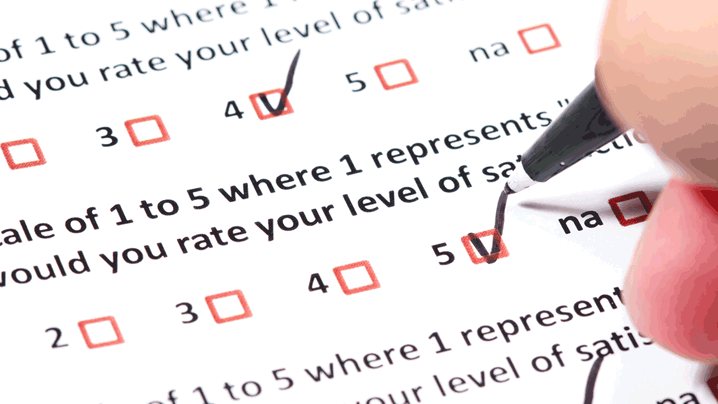
By Thomas Miller, President, National Research Center, Inc.
Anyone seriously engaged in performance measurement must reconsider periodically the value of each measure. Can we recalculate police response time for increased accuracy? Is assessment of building code violations focused on the right kind of codes? Should we still quantify the circulation of physical library materials as the collection becomes primarily digital? These deliberations also must aim at performance outcomes– often based on resident opinion – feelings of safety, perceived quality of service delivery, sense of public trust.
It’s time to audit your current citizen survey program and consider what matters to elected officials, managers, and the public. As the needs of your jurisdiction and survey research both change, it’s appropriate to consider how changes may advance the utility of your survey program.
Historic Use of Citizen Surveys in the U.S.
Typically, citizen surveys have been conducted to track government performance in service delivery, community quality, resident engagement, and public trust. Methods often use deliberate speed because they are based on mailed invitations and responses. These “old school” mail approaches still get the highest response rates compared with telephone or web surveys and survey results generally have been offered every year or two as reports to elected officials, staff, and residents about broad community quality.
These days, many jurisdictions need more and faster input from the community overall – and not just the few who come to public meetings. Many issues influence the direction of public decisions, and citizen engagement is newly understood to be a linchpin of successful local government.
Changes in Survey Research
New technologies support the need for quicker reaction to topical issues, so that local governments more often are able to bring the voice of the public to critical decision points. As it is for most services – telephony, medical interventions, retail sales, news – survey research has been challenged by disruptive advances in technology.
Twenty years ago, response rates for the dominant mode of data collection – landline telephone surveys – were about 36 percent. Today, telephone survey response rates are only about 9 percent. Because of the declining performance of telephone surveys, mailed surveys are on an upswing, especially when rapid response is not required. (In the experience of our organization, NRC, mail response rates are typically two to three times higher than those of phone.)
These days, the majority of telephones in use are mobile, so surveys designed to represent the public must be accessible by cell phone. Mailed and web surveys avoid many of the problems telephone surveys have, especially prohibitive federal laws and issues with access and privacy when calling mobile phones.
We recently wrote an article for ICMA about the changing characteristics of survey research and a post about how the properties of surveys are different from those of political polls. This is an important distinction, especially with grumbling distrust in the accuracy of polls after the 2016 presidential election.
The challenge for communities is to take advantage of the best new techniques for surveying without being beguiled by mirages of survey quality coming from empty promises made by tech gimmicks. Jurisdictions must also avoid fears of public opinion by understanding that the weaknesses of political polls do not infect citizen and resident surveys.
Adapted from a post published in the August 2017 issue of The Civil Review as part one of five in the NRC series Survey Research Revolution.
New, Reduced Membership Dues
A new, reduced dues rate is available for CAOs/ACAOs, along with additional discounts for those in smaller communities, has been implemented. Learn more and be sure to join or renew today!
